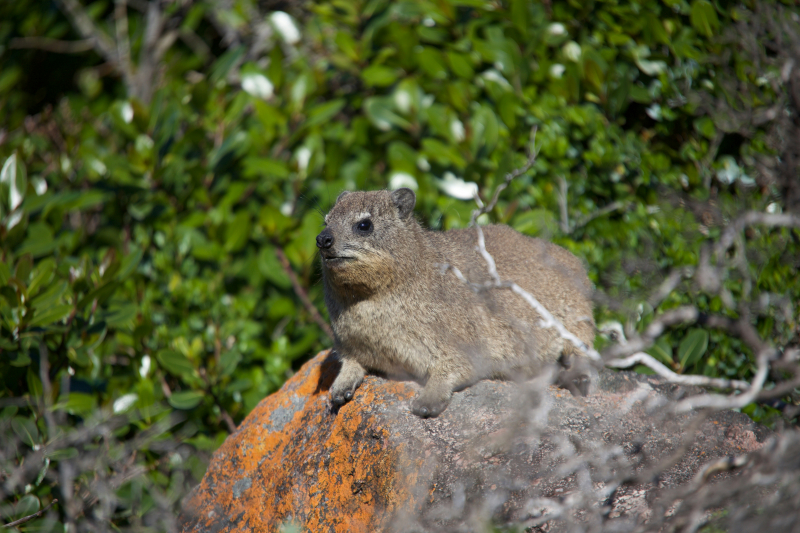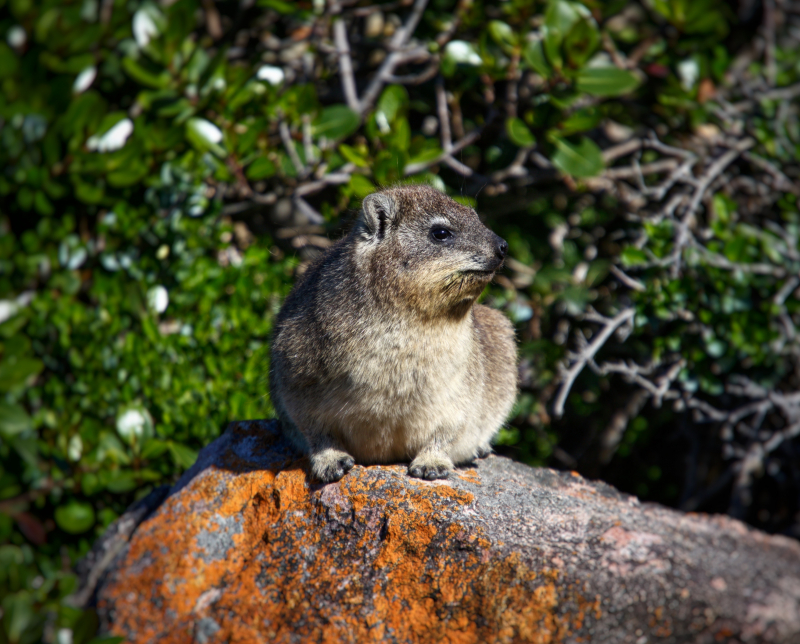Dassie Rat
Dassie rats, also known as rock rats or rock hyraxes, belong to the family Procaviidae and are not true rats. They are small, herbivorous mammals found in rocky habitats across Africa and the Middle East. Despite their name, these creatures are more closely related to elephants than to true rats.
Dassie rats have a robust and compact body, with strong, clawed feet adapted for climbing on rocky surfaces. Their fur color varies, ranging from shades of gray and brown to reddish-brown, providing effective camouflage in their rocky environments. Their ears are small, and their eyes are large, contributing to their keen senses.
These mammals are well-adapted to life in rugged, rocky terrains. They are excellent climbers, using their sharp claws to navigate steep cliffs and rocky outcrops. Dassie rats are social animals and often live in colonies, taking advantage of the sheltered crevices and ledges in the rocks. They are primarily diurnal, being active during the day, and spend their time foraging for vegetation, such as leaves, fruits, and bark.
Dassie rats are known for their distinctive vocalizations, including high-pitched whistles, grunts, and clicks. These vocalizations play a crucial role in communication within colonies, helping them establish territories, warn of predators, and coordinate social interactions. They have a complex social structure with dominant individuals leading the group.
One of the fascinating aspects of dassie rats is their physiological adaptation to temperature regulation. Given their rocky habitats, which can become extremely hot during the day, dassie rats have a specialized thermoregulation system. They can enter a state of torpor to conserve energy during the hottest periods, lowering their metabolic rate and body temperature until the cooler evening hours.
Dassie rats have a unique reproductive system. Females typically give birth to one or two precocial young at a time, which are born with their eyes open and covered in fur. The young are well-developed and can start foraging with the group shortly after birth.

















